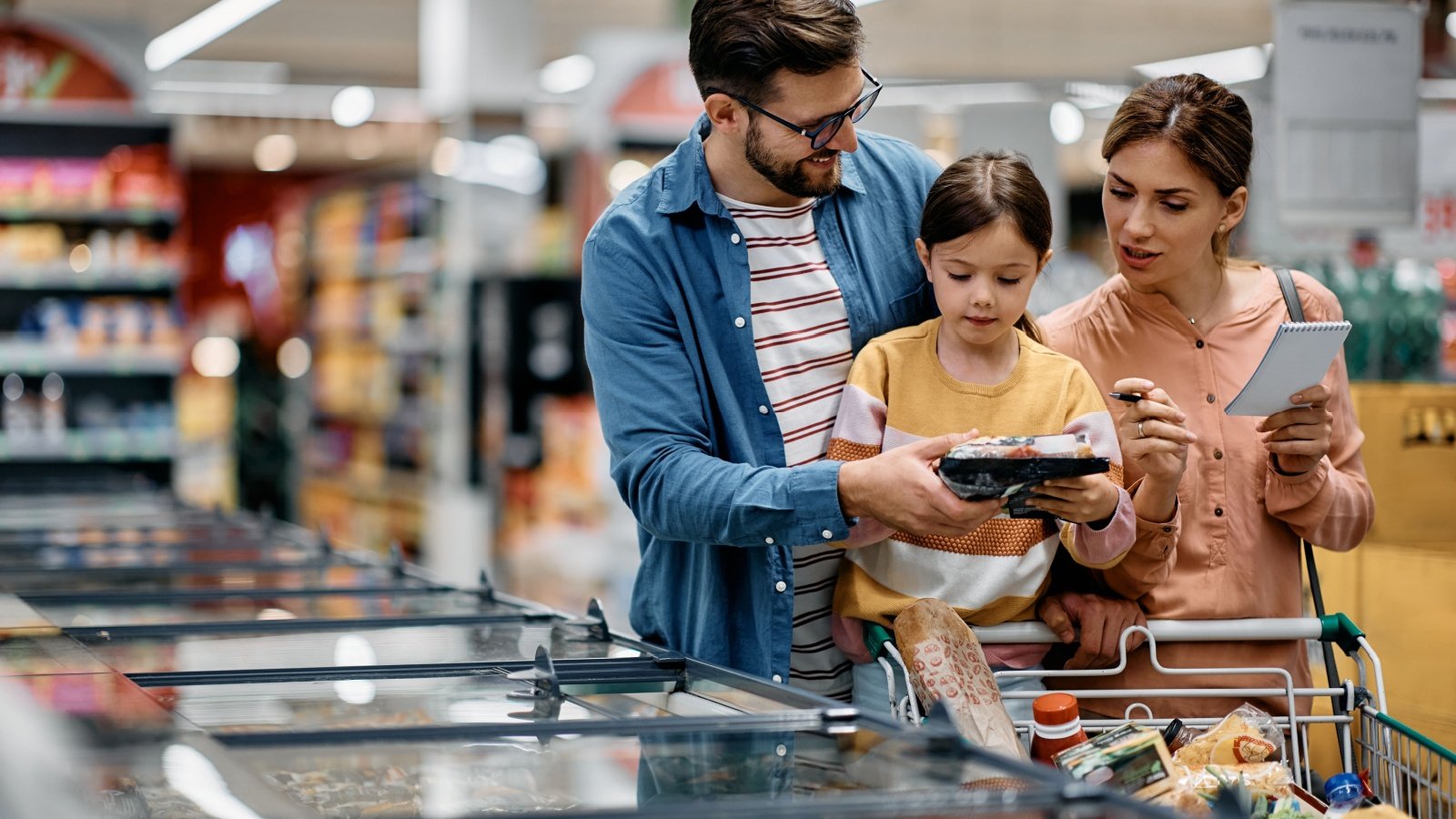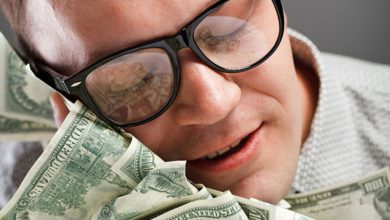18 Sneaky Grocery Store Tactics That Trick You Into Overspending

Over the past few years, the cost of food has continuously increased. But that’s probably not the only reason your grocery bill is as high as it is. Grocery stores are intentionally set up to entice you to spend more money.
One tricky way they do that is to move items around in the store. Why? When you go to the place you normally see them, and they aren’t there, it forces you to go into the aisle where you may not normally go. While you’re there, they hope you will buy things on impulse that you wouldn’t normally get.
We’ve compiled a list of other sneaky things grocery stores do to trick you into spending more than you should. Be mindful of some tactics they use the next time you go grocery shopping.
Stores With One-Stop Shopping

Since the 1970s, grocery stores have gotten larger and larger. This is partly because the bigger the store, the more money you’ll spend there. Also, if the store offers other goods and services like oil changes and prescriptions, you’ll spend more money every time you shop.
Playing Slow or Depressing Music

Grocery stores want you to move slowly through the store and linger for as long as possible. To encourage this, they play slow, relaxing music. Sometimes, they’ll even play depressing music because people who feel down tend to binge shop on comfort food.
Free Samples

Anytime you see something labeled ‘free,’ you probably think you’re saving money. But that’s not always true. Those free samples you often see in grocery stores are just enough to make you want more and buy the full-sized item rather than sticking to your shopping list.
Putting Fruit and Vegetables at the Front

When you walk into the grocery store, the first thing you see and probably shop for is healthy fruits and vegetables. This way, you don’t feel guilty buying the less healthy foods that eventually go into your shopping cart.
Misting Fruits and Vegetables

Every few minutes, grocery stores mist the fruits and vegetables with water. This makes them glisten and look fresher and more enticing, encouraging you to buy them.
Putting Essentials at the Back

Grocery stores put essentials at the back of the store and often far from each other for a reason. If you have to hunt down the essentials you need, you’re more likely to run into things you didn’t need but buy anyway.
Using Eye-Catching Sale Signs

Bright, flashy stickers and signs are hard to ignore. In fact, they draw your eye straight to the sale items, taking your attention from similar products in the same area that may be less expensive.
High Prices for Online Orders

It’s super convenient to shop online. But, it can be more expensive. Grocery stores usually tell you about convenience fees and delivery fees. But, when you shop on your grocery store app or website, you typically have to specify whether you will shop in-store, plan on using curbside pickup, or place a delivery order. Some stores have different prices for each shopping method.
Promoting Discounts for Multiple Purchases

Grocery stores put things on sale all the time. But, sometimes, you can only get the sale price if you purchase multiples. This encourages you to buy more of a single item than you typically want or need.
Hiding the Small Baskets

Have you ever noticed how hard it is to find the shopping baskets in a grocery store? They don’t want you to use a small basket that won’t fit many items. They want you to use a larger grocery cart instead, so you’re more tempted to fill it with impulse items.
Providing Large Shopping Carts

You probably didn’t know this, but the average shopping cart has tripled in size since the 1970s. This is because grocery stores know that most people fill their carts to the brim. So, a larger cart means you’ll likely spend more money.
Using Saline Solution on Meat

You might see a sticker on some grocery store meat that says a saline solution has been added. That means the meat has either been soaked or injected with water. This adds weight to the meat, which means you pay more.
Impulse Items at Checkouts

When standing in the checkout line, you can’t help but look at all the last-minute essentials surrounding you. Some of the most common items you’ll see are drinks and snacks, but there are often other types of essentials there as well. These are all strategically placed to encourage you to impulse buy.
Constantly Rearranging Aisles

Sometimes, it seems like every time you go to the grocery store, they’ve moved things around. They do this for a reason. If you know where things are, it’s easy to walk in, grab what you want, and leave. But if you have to hunt for the items you want, you’ll likely find other things to put in your cart.
Putting Items on End Caps

You may think the items at the end of the aisles are budget-friendly. They are also convenient when you just want to run in and grab something quickly. However, it’s hard to compare when an item is on an end cap rather than with other ‘like’ items. In reality, manufacturers often pay the grocery store to feature their items on end caps.
Overloading the Senses

If your local supermarket has a bakery or flower shop, it’s likely at the front of the store. This is because fresh baked goods and flowers spell great, and the smells can trigger hunger. Then, when you’re hungry, you put more impulse items in your shopping cart.
Overpricing Brown Eggs

You may think that brown eggs are healthier than white ones. After all, whole-wheat bread and pasta are healthier, right? But, with eggs, there’s absolutely no nutritional difference between brown or white ones.
Narrow Aisles to Slow You Down

Have you ever noticed that grocery store aisles are narrow? Most of the time, you need to navigate around stockers and other shoppers. But there’s a reason for this: congested aisles slow you down, and you’re more inclined to put things in your shopping cart you didn’t plan to buy.
18 Ways to Save Without Sacrificing Life and Happiness

Do you want a new perspective on saving money? If you think this is another article telling you to skip your morning coffee or give up dining out, then let us tell you—it’s not! This blog post discusses 18 innovative and painless ways to save cash without sacrificing what makes you happy. We believe that a good life isn’t about cutting back on everything you love but about making smarter decisions with what you have. So, if you’re ready to start saving without compromising your lifestyle or happiness, dive right in!
The Purpose of a Budget and 11 Reasons Why You Need One

The primary purpose of a budget is to track your income and expenses. A budget also ensures your bills are paid on time, helps you plan for the future, helps identify any bad spending habits or areas where you could reduce your spending, and ensures that your spending reflects your priorities. By creating a budget and sticking to it, you can ensure your needs are met, your bills are paid on time, you get out of debt, and you meet your financial goals.




